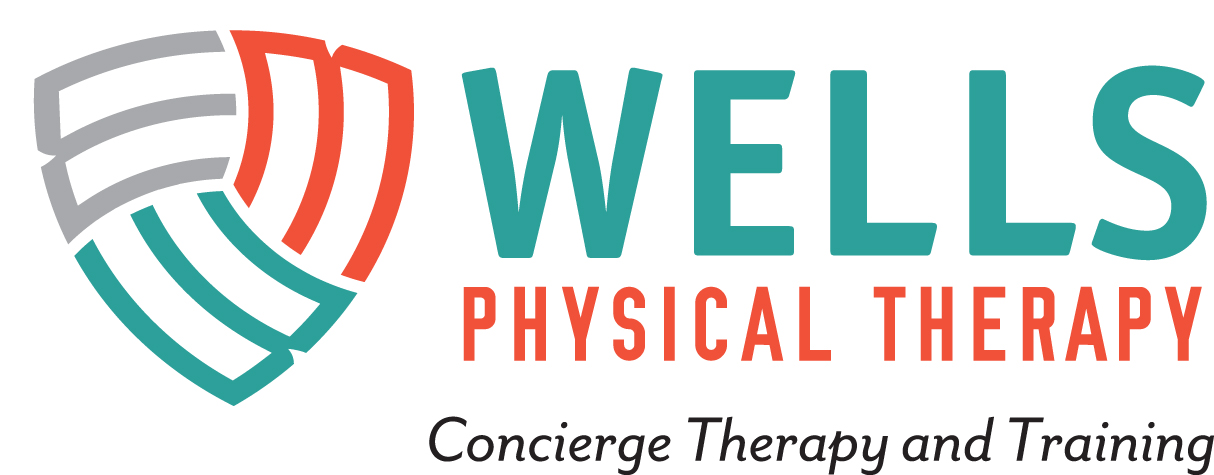By Dr. Sean M. Wells, DPT, PT, OCS, ATC/L, CSCS, NSCA-CPT, CNPT, Cert-DN
Pain and Exercise
A recent study published showed that general exercise can help lower pain in people with knee arthritis (OA). Physical therapists routinely use exercise as an important treatment option for back pain, neck pain, knee arthritis, hip arthritis, muscle pulls and tendonitis. Such a publication reaffirming the benefits of exercise is exciting news for those with arthritis: exercise is medicine. But how does exercise reduce pain? More importantly, what is pain?
What is Pain?
Pain was once thought of as a simple response to something causing our body damage or inflammation. We place our hand on a burner and signal is sent to our brain telling us there is pain. We now know that pain is a multi-dimensional and complex phenomenon. Pain can be modulated by:
Our beliefs, attitudes, and prior experiences,
The environment,
Actual or perceived tissue damage,
Other conditions and health issues.
In brief, pain is not as simple as we once thought. Pain can be dampened or increased by our own mind and bodies. Our brain can upregulate nerves to be more perceptive to pain. For example, a person with anxiety or depression may perceive immense pain from a relatively small injury. The tissue damage may be minimal but the person with anxiety or depression has nerve endings that are more “ready” to send pain signals to the brain. On the other hand, studies exploring meditation have shown that controlling our thoughts and emotions can help us tolerate higher levels of a painful stimulus. Pain is not merely a signal from the outside in but a multi-directional phenomenon of top-down (e.g. brain), middle-up (e.g. spinal cord), and outside-to-in (e.g. skin, joints, muscles to nerves) interactions.
Our experiences can change pain. Consider a bad car accident where you severely hurt your neck. With good treatment and education regarding pain science, your neck pain will go away, usually on its on. But with poor treatment, scare tactics about tissue damage, and/or not being educated about pain science, your pain from the accident can persist. In such cases, a complex process can actually change the structure of your brain to perceive small forces and movements as pain. This is call allodynia (al-o-din-ea) and it can lead to conditions like chronic pain. We can create positive experiences after an injury or diagnosis through good pain science education, emphasizing healthy lifestyle choices (like a good diet, sleep, and tobacco cessation), and promoting movement without fear.
The nervous system is capable of dialing up or down pain, sometimes knowingly and oftentimes without our knowledge. Amazingly we can control and condition our brain and body to be prepared to tolerate forces and keep pain to a minimum. One of the best methods to do this is through physical activity and exercise.
Exercise Reduces Pain
Studies show that people that exercise have greater resilience and reduced chances of mental health issues, such as depression and anxiety. Having greater resilience means you can handle more forces, bounce back after an injury, and hang in through tough mental times. Exercise has been shown to reduce depression and anxiety through several methods. First, exercise naturally boosts certain gut bacteria, which may help to send “happy” signals to your brain. Second, while exercise is a form of stress it often produces a cascade of “good” hormones following a workout. Such hormones help to lower blood pressure, reduce stress, and drop anxiety levels. Third, exercise helps to reinforce that movement should not be feared. After an injury our brain naturally guards the painful area. In the short term (e.g. a few days) this may be a wise choice to help promote healing but in the long term it can cause disuse and fear of moving. Fear of moving is a major issue as it creates of vicious cycle:
Fear of moving = No movement
Movement occurs and tissues are stressed = Brain perceives simple forces as pain
Pain from basic movement = Fear of moving (back to #1)
Exercise helps to break the cycle by progressively exposing the body and neurological system to stress, which is a good thing. Such stress and force allows a person to appreciate that they can move, and that movement is vital to daily living and will NOT increase pain.
So, what should you do if you are in chronic pain or just coming off an injury? Call us, your local physical therapists! We can help you rehabilitate, get back to work or life, and prevent chronic pain or other problems. We offer concierge, mobile physical therapy in the Ponte Vedra, St Augustine, and Naples areas. Our Doctors of PT can also provide virtual consultations and PT for those concerned about COVID.
Image Source: Nenad Stojkovic and licensed by CC 2.0


